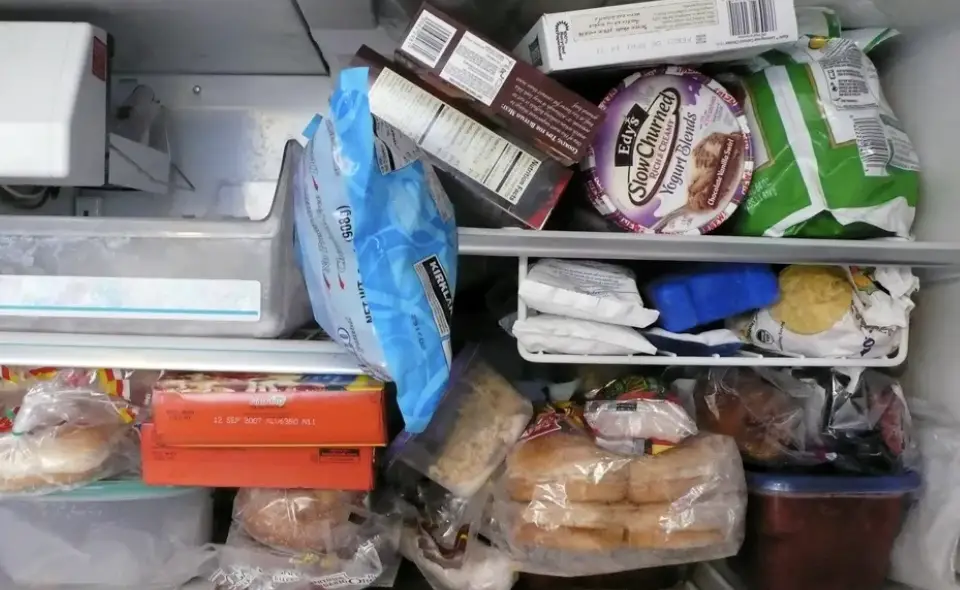
Can You Put a Yeti Cup in the Freezer? Debunking the Frozen Truths
Yeti cups have become a staple for keeping our beverages icy cold, but when it comes to freezing them, opinions and advice seem to differ. Many wonder whether placing a Yeti cup in the freezer is safe or if it could potentially damage the cup or affect its insulation properties. In this blog post, we’ll tackle the question head-on and provide you with the facts and considerations surrounding freezing a Yeti cup.
- The Construction of a Yeti Cup: Yeti cups are known for their exceptional insulation capabilities. They are typically made of stainless steel with double-wall vacuum insulation, which helps maintain the temperature of the beverage inside. The inner wall traps air molecules to minimize heat transfer, while the outer wall prevents outside temperature from affecting the contents.
- Freezing Considerations: a. Expansion: When a liquid freezes, it expands. This expansion can exert pressure on the cup’s walls and potentially lead to deformation or damage. However, Yeti cups are designed to withstand temperature variations and can generally tolerate the expansion caused by freezing.
b. Insulation Properties: Freezing a Yeti cup does not compromise its insulation properties. The double-wall vacuum insulation remains intact, and the cup will still effectively keep your drinks cold for extended periods.
- Potential Risks: While freezing a Yeti cup is generally safe, there are a few risks to keep in mind:
a. Lid Damage: Some Yeti cup lids contain rubber gaskets or seals that may become brittle or damaged when exposed to extreme cold temperatures. To avoid potential issues, it’s recommended to remove the lid before placing the cup in the freezer.
b. Condensation: When you remove a frozen Yeti cup from the freezer and expose it to a warmer environment, condensation may form on the outside. This is a natural occurrence due to the temperature differential and does not affect the cup’s performance.
- Best Practices: To safely freeze a Yeti cup and maximize its longevity:
a. Remove the Lid: As mentioned earlier, removing the lid before freezing prevents any potential damage to the lid’s components.
b. Partially Filled: It’s advisable to avoid filling the cup to the brim before freezing to allow room for expansion. Leave some space at the top to accommodate the volume increase as the liquid freezes.
c. Gradual Thawing: When you’re ready to use the cup, allow it to thaw gradually at room temperature or under running water. Avoid using external heat sources or submerging it in hot water, as this sudden temperature change can potentially damage the cup.
Conclusion: In conclusion, placing a Yeti cup in the freezer is generally safe and will not compromise its insulation properties. Yeti cups are designed to withstand temperature variations, including freezing, without significant damage or loss of performance. However, it’s important to remove the lid before freezing to avoid potential issues with the gaskets or seals. Additionally, allow the cup to thaw gradually before using it to prevent sudden temperature changes.
Remember to exercise caution and follow the recommended best practices when freezing and thawing your Yeti cup. By doing so, you can continue enjoying the benefits of a refreshing, ice-cold beverage in your trusty Yeti cup, whether it’s on a scorching summer day or during your outdoor adventures. Cheers to keeping cool with your Yeti cup!






